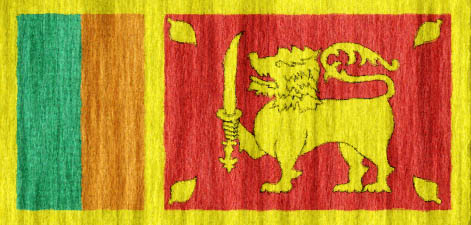Sri Lanka has become the first South Asian country to access $102mn worth of financing from the World Bank for natural disaster protection, according to a statement released by World Bank in Colombo yesterday.
The World Bank has agreed to provide a development policy loan of $102m to Sri Lankan government with a Catastrophe Differed Drawdown Option, which is a line of credit that can be drawn on partially or in full if a country declares a state of disaster, the World Bank said.
The Sri Lankan government has also decided to obtain a loan of $110mn on concessional terms from the World Bank to implement the Climate Resilience Improvement Project.
The project involves a detailed modelling of flood and drought risks in nine major river basins around the country, and will focus on long term capital development planning. The purpose of the modelling is to assess the underlying causes of floods and droughts including rainfall variability and land use changes. “The analytical work will serve as a basis for future climate resilience investments and will help the government to understand the risk and adopt required risk mitigation measures,” the Bank said.
Under the project, about 716km of distribution canals, 399km of flood bunds, 109km of link-roads, and 778 distribution structures along the canals will be improved, while more than 100 of culverts and bridges will be rehabilitated.
More prominently, slope-stability reinforcing will be carried out in 18 landslide prone school premises, protecting 30,000 students from possible landslide hazards.
The World Bank believes after the implementation, a total of 450,000 people will be directly benefited and approximately 11.5mn people will be indirectly benefited over the country.



